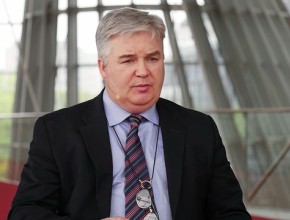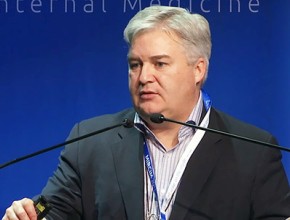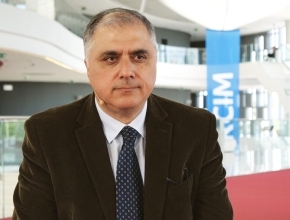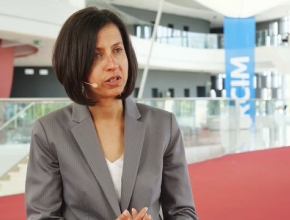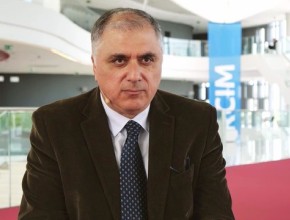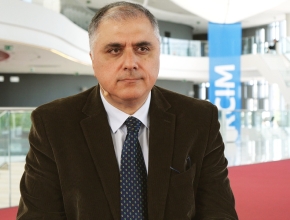Are there any differences in the treatment of patients with myocardial infarction after noncardiac surgery compared to other patients with myocardial infraction? How is the management influenced by a history of coronary artery disease and previous percutaneous coronary intervention?
P.J. Devereaux: When patients suffer myocardial injury after noncardiac surgery there is evidence to support these patients benefit from both aspirin and a statin, and also evidence supports these patients likely benefit from an angiotensin-converting enzyme (ACE) inhibitor. We typically do not initiate the ACE inhibitor until about 24 to 48 hours after the diagnosis until we are absolutely happy the patient is at low risk of hemodynamic compromise, because, once again, in that first sort of 36 hours after surgery when most of these events happen those patients still are at risk of significant hypotension. In that setting, if the patient has not bled, we initiate aspirin, we initiate a statin. If they are on a statin, we would increase the dose and then look to initiate an ACE inhibitor around 24 to 48 hours after that diagnosis. Only if the patient demonstrates recurrent evidence of cardiac ischemia, heart failure, serious ventricular arrhythmia would we take those patients to the catheterization laboratory. Otherwise, we would manage these patients medically. We also are putting these patients in clinical trials that are assessing drugs for these patients and also putting them in trials that are assessing whether or not we should be performing Persantine [dipyridamole] stress imaging in this group to better identify who is going to have recurrent events.
Most patients do not die from the initial acute myocardial injury after surgery. Most patients die from the recurrent event that happens in the days, weeks, months to follow the initial event. The big thing is to make sure that, in fact, we put them on basic secondary prophylactic measures and follow these patients closely.
When they are first diagnosed, the other thing that we also do is we step up the monitoring of these patients. We try to move up their monitoring of hemodynamics ideally to every 2 hours for the first 24 hours and by doing electrocardiographs (ECGs) for several days. If the patient has a substantial rise in their troponin or the patient demonstrates any evidence of heart failure, we will move that patient into a monitored setting like the coronary care unit (CCU).
 English
English
 Español
Español
 українська
українська


